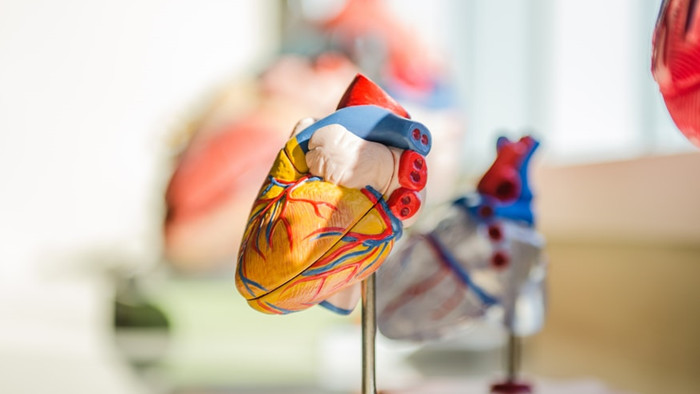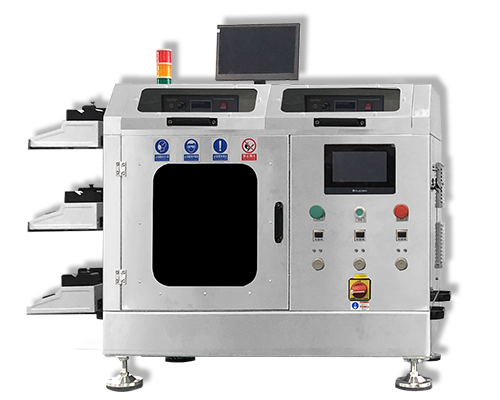Main Points of Manufacturing Small Caliber Artificial Blood Vessels
Small-bore vascular grafts perform poorly clinically, mainly due to the development of intimal hyperplasia and thrombus formation. To overcome these challenges, various design approaches, material selection, and surface modification strategies have been employed to improve the patency of small-diameter grafts. These include material selection, surface modification to enhance biocompatibility/endothelialization, and mechanical properties of the grafts currently being implanted.

An ideal small-caliber graft should have the following characteristics:
Good mechanical strength and compliance to withstand hemodynamic stress;
seamability;
“Off-the-shelf” availability of various sizes for emergencies;
Ease of use minimizes surgical time, cost and risk; antithrombotic and anti-infective;
Biocompatible, allowing full integration with the body and generating new blood vessels similar in nature and function to natural arteries;
Reasonable manufacturing costs;
long-term patency;
Rapid endothelialization;
Good porosity >50 μm for easy cell infiltration.
Functional small-bore vascular grafts meeting all the above requirements require biomimetic design requiring a high level of cellular and molecular understanding of vessel wall biology.
(1) The importance of porosity:
Rapid endothelialization is an important aspect of successful thrombosis prevention in small diameter vessels. In this process, porosity and pore size distribution play an important role. Over the past five years, numerous studies have demonstrated the importance of porosity in graft design.
Recent findings have shown that the porous luminal surface of artificial blood vessels plays an important role in stabilizing the intima and facilitating cell infiltration: the porous luminal surface enhances the penetration of the surrounding tissues of the graft and acts as an anchor. However, the internal pressure of porous artificial blood vessels tends to lose their radial mechanical strength over time, which may lead to aneurysm formation. One way to remove this obstacle is to apply external reinforcement to the graft.
In the past two decades, there have been studies using polyester tubular knitted mesh, weft-knitted tubular fabric, polyester spandex fabric, polyester and other materials to reinforce small-diameter vascular grafts. Despite thrombus formation using polyester reinforcement in the canine abdominal aorta model, it was clearly observed that vascular grafts with a filamentous, porous, interconnected structure and external reinforcing polyester mesh were superior to those with low porosity or Vascular grafts with impenetrable walls. This further illustrates that porosity is crucial in the design of artificial blood vessels.
(2) Application of surface bioactive materials:
Another important property of biodegradable scaffolds is that degradation should be balanced with tissue regeneration that mimics ECM function in normal tissues. Considering the way different materials interact with cells may elicit various responses, surface bioactive materials (cell stimulatory signals) can alter cellular responses to promote positive growth. Thus, these qualities can regulate cell function and behavior and also promote tissue growth.
About Cheersonic
Cheersonic is the leading developer and manufacturer of ultrasonic coating systems for applying precise, thin film coatings to protect, strengthen or smooth surfaces on parts and components for the microelectronics/electronics, alternative energy, medical and industrial markets, including specialized glass applications in construction and automotive.
Our coating solutions are environmentally-friendly, efficient and highly reliable, and enable dramatic reductions in overspray, savings in raw material, water and energy usage and provide improved process repeatability, transfer efficiency, high uniformity and reduced emissions.
Chinese Website: Cheersonic Provides Professional Coating Solutions


